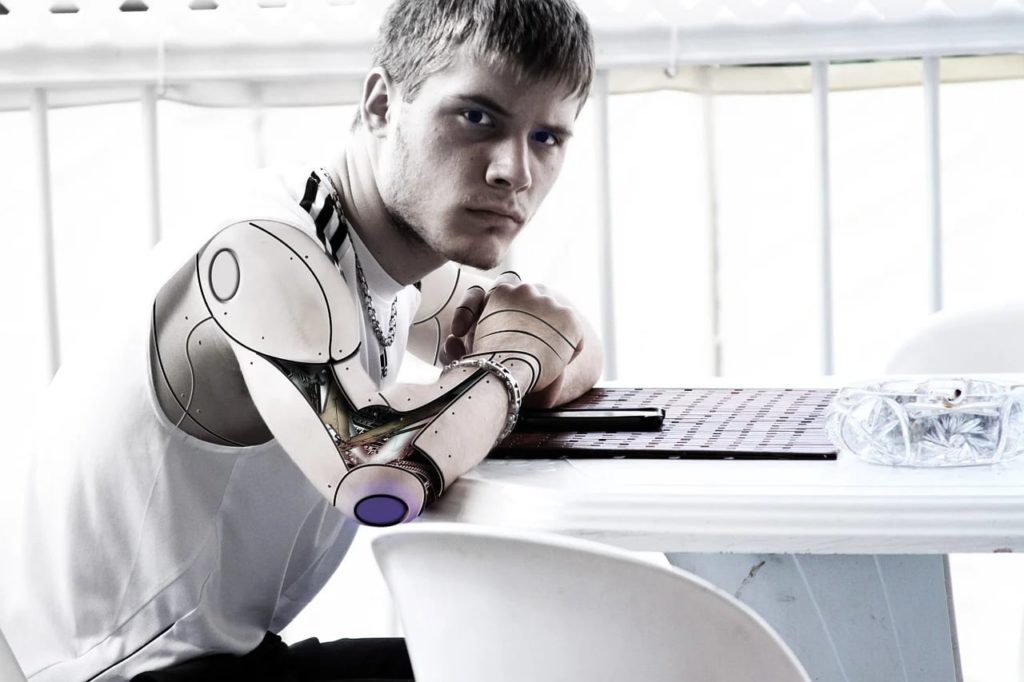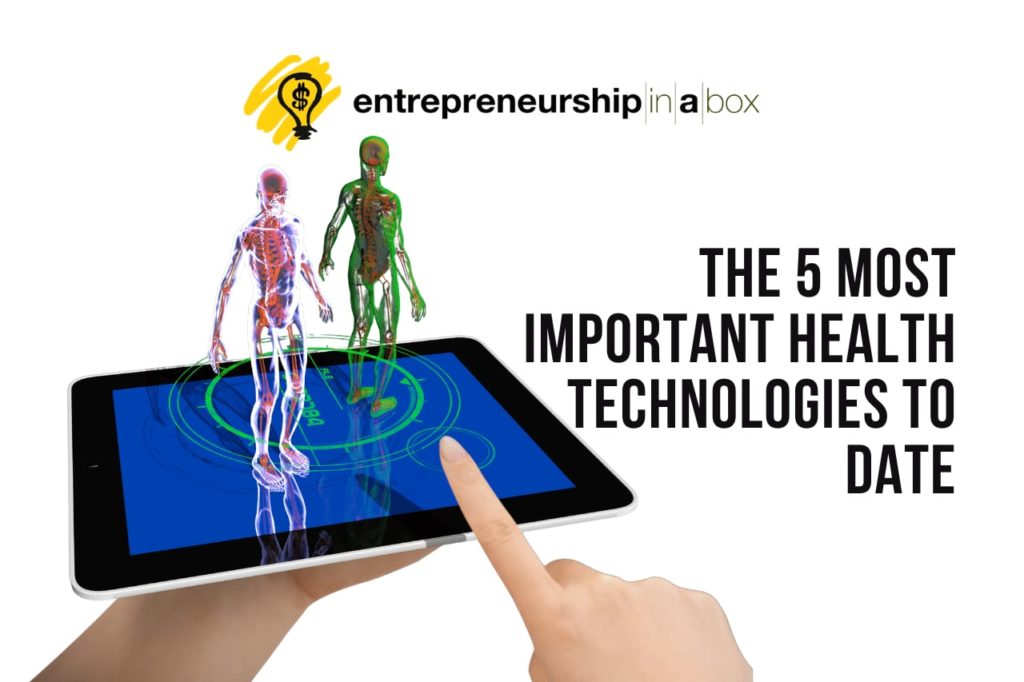Medical technology has advanced by leaps and bounds over the last half-century, producing miracles never thought to be possible before. Of the many health gadgets that have come about, however, there will always be those that stand out most. These are the pieces of equipment that are being used in both hospital and home settings all over the world. Their designs and appearances may change and evolve, but their functions stay the same.
These medical technologies are essential in monitoring, maintaining, and strengthening the health of people who use them the right way. Through these devices, it can be easy to obtain the kind of fitness or wellness that you are looking for. The best part is that they are evolving all the time, with the advent of smart devices pushing them further. As of now, these are the gadgets that you will want to have at home and use for your health.
Bionic Limbs
Prosthetics have seen a massive boost in advancements over the last 50 years or so thanks to robotics. Instead of hooks or fake legs or arms, there are now prostheses that can move like the real thing. The technology has advanced so far that some examples can return almost full functionality to those who have lost hands or feet. What was thought to be nothing more than science fiction before are already here and making wonderful changes.

Several examples of prosthetics where all digits can be controlled have been revealed, thus far. There have even been viral content about charity initiatives providing advanced bionic limbs to children who suffered from accidents. A lot of them have been tied to pop culture phenomena like the many superhero movies that gained massive popularity. Thanks to these innovations in artificial extremities, many patients are now able to return to their normal lives.
Wireless Monitoring
Thanks to the many wireless connection options available these days via the internet, health technology has become more accessible. You can now measure, track, record, save and monitor health data on your personal smart device with excellent accuracy. For example, if you have a domestic blood pressure machine, there are options for sending the data you measured online. From there, you can track the information over time, which you could then give to your doctor during health checkups.
It’s also worth noting that there are now apps to help make sure that your heart rate is at acceptable levels. Your sleep schedule can also be managed, alongside any exercise routine that you are doing. By taking note of these pieces of information, you will have a clear understanding of how healthy your lifestyle is. Wireless monitoring enables you to be as fit, healthy, able, and functional as you want with solid numbers.
Medical Blockchain
Blockchain has often been touted as the next revolution in information technology and this applies to medical technology too. The concept is simple in that all of the data will be visible between recipients who have access to it. Hospitals can share information with the snap of a finger and delays can become a thing of the past. This is important due to how response speeds can influence life and death situations.
There is also the fact that certain scenarios may require access to confidential patient files between authorized individuals. Examples of this include comatose patients who have no relatives nearby to provide answers to crucial medical questions. Waiting can risk making the patient’s condition worse and this is something that medical blockchain can prevent. Requesting the transfer of files and forms during emergencies could also be resolved in no time using this technology.
3D Printing
3D Printing has come a long way over the last few years and it is now becoming a staple medical device. There are so many wonderful things you could do with a machine that could print anything, in theory. Everything from implants to prosthetics to medical devices can be produced on-site and in a matter of hours or minutes. There is even work being done to produce 3D printers that are intended to produce specialized medical devices.
Even now, this technology keeps on moving forward, with innovators finding ways to take full advantage of its potential. In the medical industry, the goal is to be able to create things like artificial organs in hospitals. By doing so, patients will no longer have to wait in order to get replacement parts when they need them. This may still be a long way off, but the goal is well within the realm of possibility.
AR & VR
Augmented reality is the technology that superimposes digital images onto real life such as animated figures and holographic interfaces. Virtual technology involves generating a self-contained digital world that can be viewed via 360 degrees from all angles. Both can have a tremendous impact on medical technology due to their endless potential. They could be valuable for surgery, checking patient files, retrieving relevant data right away, and more.
An excellent example is the VisAR augmented reality surgical navigation system developed by Novarad. This system provides surgeons with navigational views, integrated targeting systems, precise instrument tracking, and real-time 3D reconstruction and segmentation during surgeries.

One of the ways in which engineers are looking to develop medical AR is through live data streaming. This means that doctors will have a direct feed into data that is gathered by machines like X-ray, EKG, blood pressure, and so on. There would be no need to keep looking up to a screen anymore to see issues during sensitive operations. Medical VR, on the other hand, can be a valuable teaching tool for medical students about anatomy and other subjects.
Conclusion
With the right gadget, it can be easy to monitor your body’s condition. Doctors can also have a much easier time diagnosing patients and seeing into the patient’s body. The gadgets mentioned here are just a few of the many critical medical technology advancements, but they are the most pertinent.



